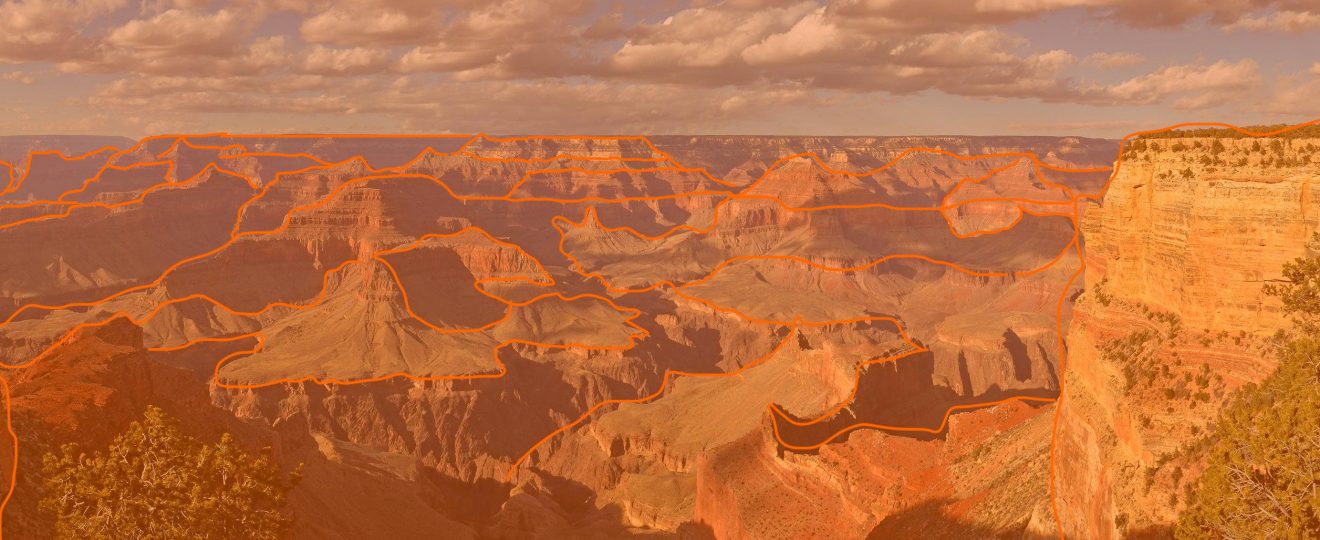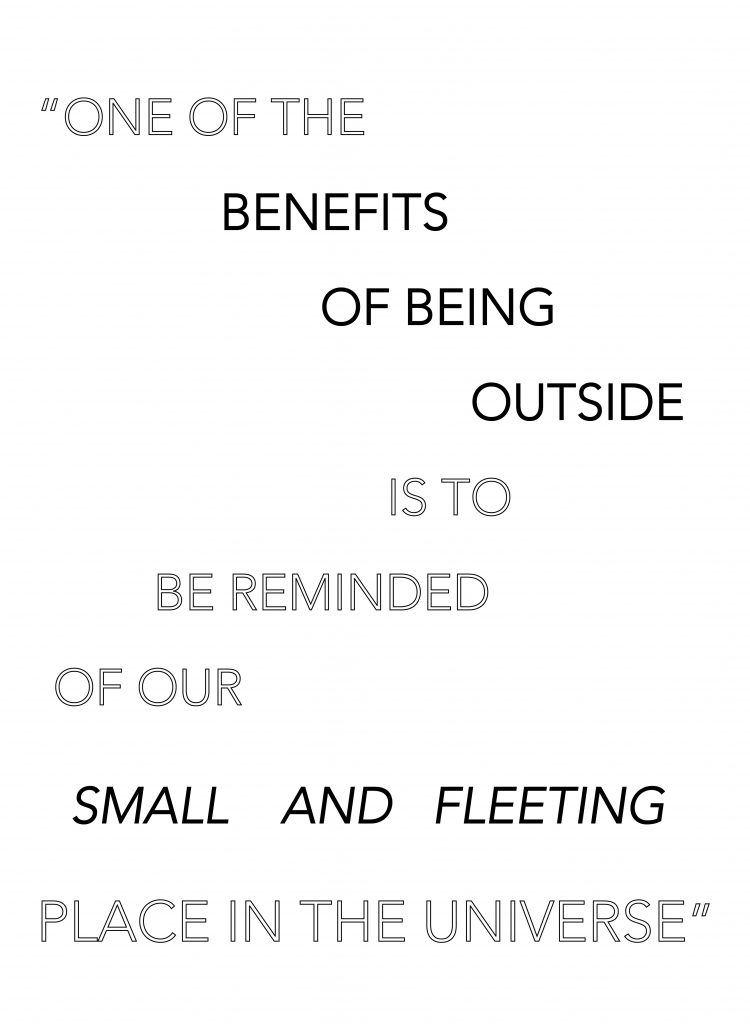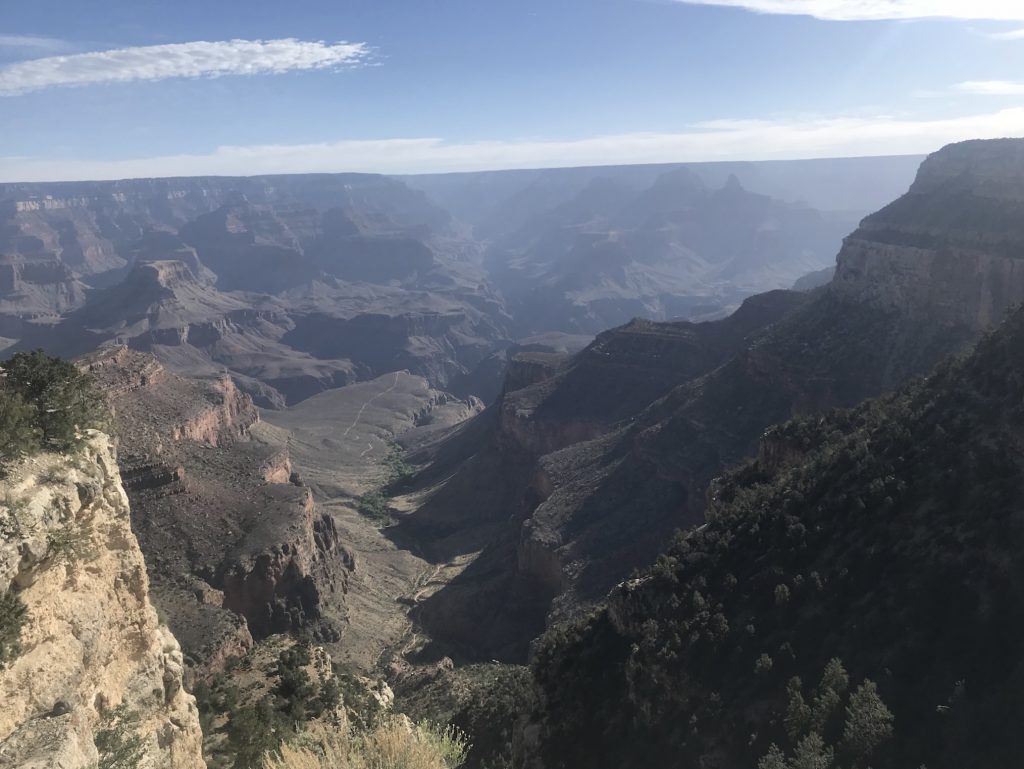You may have heard the saying, “crying: only acceptable at funerals and the Grand Canyon.” While this is a harsh and slightly condescending saying, the thing is, this silly cliché perfectly hits the truth and impact of the beauty of the Grand Canyon. If you have ever had the privilege of visiting this amazing National Park located in Arizona, then you’d understand why this saying became a saying in the first place: the Grand Canyon is astounding. Because it is such a popular tourist destination, it tends to have a reputation for only being a hub for crowds holding cameras and eating ice cream; however, ever-present crowds notwithstanding, once actually visiting this National Park, one can then–and only then– understand its beauty. As far as you can see in every direction: miles and miles of valleys, crevices, cutouts, rivers, and… nature. You can walk directly up to the rim and look down into the vast nothingness, and understand why it is one of the Seven Natural Wonders of the World. This massive canyon puts the grandeur of Mother Nature on display, and crying is a completely understandable response. The Grand Canyon is a natural treasure, a global gift, and is one of the greatest and most epic natural phenomena on the planet. Therein lies the problem.
“Beautiful doesn’t begin to describe it. A flower is beautiful. But this is beautiful the way that a person is beautiful- terrifying with its jagged edges, yet seductive with its crevices that hide so many secrets.” ― Jeri Smith-Ready, Requiem for the Devil.
I had the privilege of visiting the Grand Canyon a couple of years ago, and the second I stepped up to the rim, I was stunned, completely overcome. As our saying above predicted, I was brought to tears, and still to this day, that moment has been the only time that nature has made me emotional.
As I was taking it all in, like any other modern person would do, I pulled out my phone in an attempt to capture this amazing moment and document my place in it. I took a few shots and scrolled through them, only to find that cameras do not do the canyon justice, not even a little bit. I determined that for this place, this wonder, photography was useless. This place is far more incredible in person, so I put my phone away and decided to be fully present and simply take the Grand Canyon in with my eyes, committing the views and the emotion to memory.
When I eventually looked around at the people near me, however, I became saddened, a feeling that was jarring and out of place in that moment of awe. I was saddened because, while the people around me were enjoying the same view I was, they were looking at it through lenses. Not exaggerating at all: I saw far more people looking through their iPhone cameras than I saw people looking at the canyon with their actual eyes. I thought about how I was standing in the most amazing place I had ever been in my entire life, how I was looking at the most beautiful thing I had ever seen and most likely ever would see, but how I was experiencing it alone, despite being surrounded by people. I was sad for the people around me, who would take home one-dimensional photos instead of memories. I was saddened because I felt that people were missing out, and did not seem to be having the same experience that I was having. Even now, looking back at photos from my trip and even looking at professional photos taken of the Grand Canyon, none of them capture the true beauty and scale of that place.
The Grand Canyon (Amber Kroner 2018)
It’s quite a fascinating phenomenon… with the introduction of social media and the evolution of technology, it seems that people are more interested in talking about how much they love nature, rather than actually loving nature. This of course, does not apply to everyone, but based on my experience, lots of people rave on and on about their recent hike in the California hills or trip to Thailand or Costa Rica; they talk about the beautiful beaches, the amazing wildlife, the stunning scenery, and the blue water, all summed up in Instagram captions. They post photos with captions about how much they love the natural beauty there; however, it often seems superficial and even, with the addition of a cute selfie or two, engineered for “likes.” True love and appreciation for the outdoors is spending time outside, and when you leave, being able to honestly say that you appreciated and admired what you saw, and not simply as an excuse to take photos to later post online. This seems like an easy thing to do, but I’m sure that if lots of people checked themselves on this, they would discover that “capturing the moment” (and taking a selfie with a beautiful backdrop) was a priority for them. If this applies to you, ask yourself why you wanted this. Was it for you personally, or was it so you could share it online? If you believe it was for you personally, ask yourself if your memories are the photos or the experience.
A couple of months ago, while on a camping trip with some friends, we opened up the conversation of phones and cameras on backpacking trips, and when asked if she would have still come on this trip if she couldn’t bring her phone or camera, one girl said that she would not, because, “what would be the point?” That one phrase is everything that is wrong with the combination of the outdoors and social media/photography. The “point” of being outside should never be to take photos; it should be to simply be outside. As basic as that.
My university has a very popular outdoors organization that takes students on hikes, backpacking trips, and camping trips. One of the managers of this organization once told me how the organization massively grew in popularity the year that Instagram was introduced to the world. The organization has their own Instagram page where they post the best shots taken by students on recent trips, and it has gained a significant following. My friend told me that he fully believes that the beautiful nature photographs they post attract more students to join the organization than any other marketing plans they have. Sure, this could make a case for posting and taking nature photos; however, I feel like the bigger takeaway in this is the fact that many people only signed up to go outside when they saw all the beautiful photos online. They thought “I could be that person. I could fill my Instagram with beautiful nature pictures too.” Of course, there is never a bad excuse to go outside–even if you’re doing it for superficial reasons, you’re still doing it, which is great. However, one’s motives are important. We, as a society, cannot claim that we are love and want to protect the outdoors if it’s really all for social media, which, ultimately is all about us.
So, next time you’re out in nature and you see something amazing that you want to capture, ask yourself why you want to take a photo. Is it so you can remember this moment and the feelings you had, or is it for more superficial reasons than that? I believe that I enjoyed my experience at the Grand Canyon far more than others around me because I was not glued to my camera. If this, photos and social media, is your excuse to experience nature, then absolutely keep experiencing nature and keep going outside; however, try and alter your motives, because trust me, you will have a far better experience. The outdoors is one of the greatest gifts given to humans, and our ability to trek through it is extraordinary. One of the benefits of being outside is to be reminded of our small and fleeting place in the universe, and to make our moments count. Trying to turn the beauty of nature into a mere backdrop for our lunch or our new outfit is a massive exercise in missing the point.






